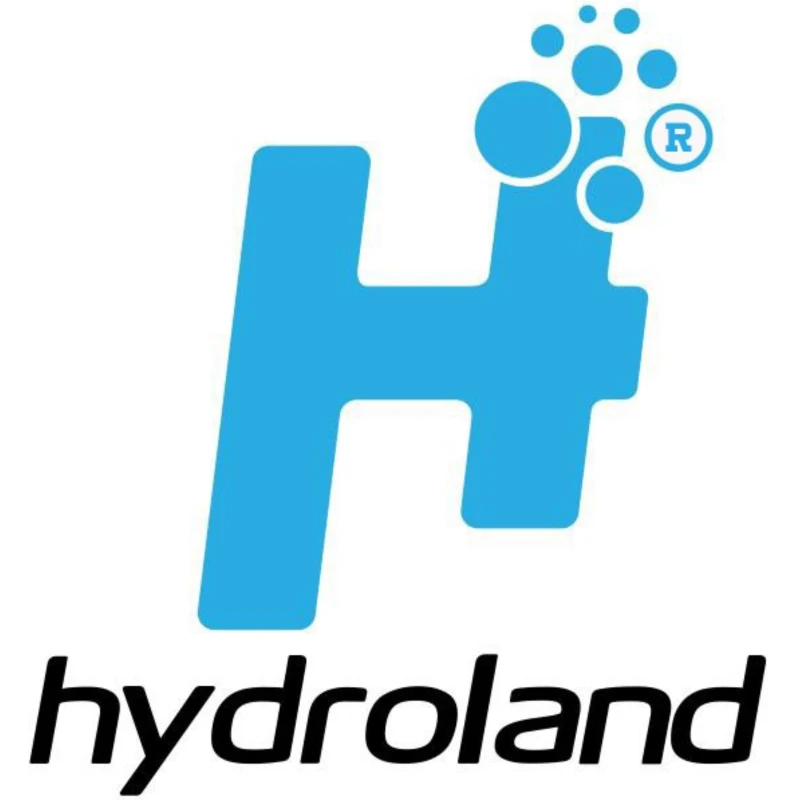Abstract:
This article unveils collaborative research outcomes with Keio University School of Medicine, illuminating the profound impact of hydrogen inhalation on autonomic equilibrium and blood pressure reduction. The Hydrogen Inhaler (H2JI1) is introduced as a beacon of advanced medical care, showcasing its efficacy in addressing neutrophil NETs, inflammation, and thrombus formation.
Introduction:
Initiated in November 2020, Keio University School of Medicine’s research established a pivotal connection between hydrogen inhalation, autonomic nervous system equilibrium, and a significant decrease in blood pressure. Subsequent studies, including one in January 2022, expanded the narrative to encompass additional benefits such as neutrophil NETs suppression and anti-inflammatory prowess.
Hydrogen Inhaler Specifications:
Delving into the specifics of the Hydrogen Inhaler (H2JI1), this article provides an intricate overview of its model, purity, flow rate, power consumption, rated voltage, setup environment, tank capacity, dimensions, and weight. Emphasizing its ability to maintain a blood hydrogen concentration of 2.0-2.5%, the device emerges as a transformative force in medical institutions and treatment clinics.
Clinical Evidence and Applications:
Scientific evidence, notably a 2007 study in Nature Medicine, accentuates the efficacy of a 2.0% blood hydrogen concentration in minimizing cerebral infarction size. The article elucidates Keio University School of Medicine’s rigorous reproducibility testing, affirming the device’s capability to achieve the desired concentration within a mere 10 minutes of inhalation.
Industry-Leading Durability:
Highlighting the Hydrogen Inhaler’s distinction in durability, with a hydrogen-generating device lifetime of 50,000 hours, the article underlines its instrumental role in reducing myocardial infarction size. Trials conducted by the National Cardiovascular Centre further validate its prowess.
Pharmacokinetic Evidence and Q&A:
Anticipating common queries, the article underscores the imperative of precise hydrogen inhalation for attaining therapeutic blood hydrogen concentrations. It navigates topics like oxygen intake control, operational recommendations, and the device’s swift achievement of a 2.0% blood hydrogen concentration within 10 minutes.
Conclusion:
Culminating with a reflection on the pioneering nature of the Hydrogen Inhaler, backed by pharmacokinetic evidence and joint research with Keio University School of Medicine, the article accentuates its potential therapeutic benefits across diverse medical conditions. The synthesis of scientific rigor and practical application positions hydrogen inhalation as a holistic approach to health and well-being.
Q&A:
1- Why 100% hydrogen instead of hydrogen + oxygen mixed gas?
Oxygen intake above the required level causes oxidative damage to the lungs. Oxygen must be concentration-controlled as a therapeutic gas. If oxygen inhalation is required, an oxygen mask can be fitted over the top while the patient breathes hydrogen through the machine.
2- How long should I inhale for?
It has been confirmed that the unit reaches a blood hydrogen concentration of 2.0% within 10 minutes after the start of hydrogen inhalation. We recommend at least 15 minutes of inhalation to experience the effect.
The unit is designed to maintain a blood hydrogen concentration of 2.0-2.5% even when continuously inhaled for extended periods.
3- Does hydrogen travel throughout the body?
Inhaled hydrogen is transported from the lungs to the heart and then through the arteries to the rest of the body.
Hydrogen also easily passes the blood-brain barrier and reaches the brain. Clinical trials are being conducted to protect brain cells in cardiopulmonary arrest syndrome. (Advanced medical treatment B approved).
It is pharmacokinetic evidence and does not guarantee efficacy or effectiveness in the human body.
Contact Information:
If you have any more questions, the contact details of Hydroland, are provided, including address, phone number, and email.
This comprehensive article seeks to transcend the confines of scientific research, weaving a narrative that envisions hydrogen inhalation as a transformative force for health enhancement and equilibrium restoration.





